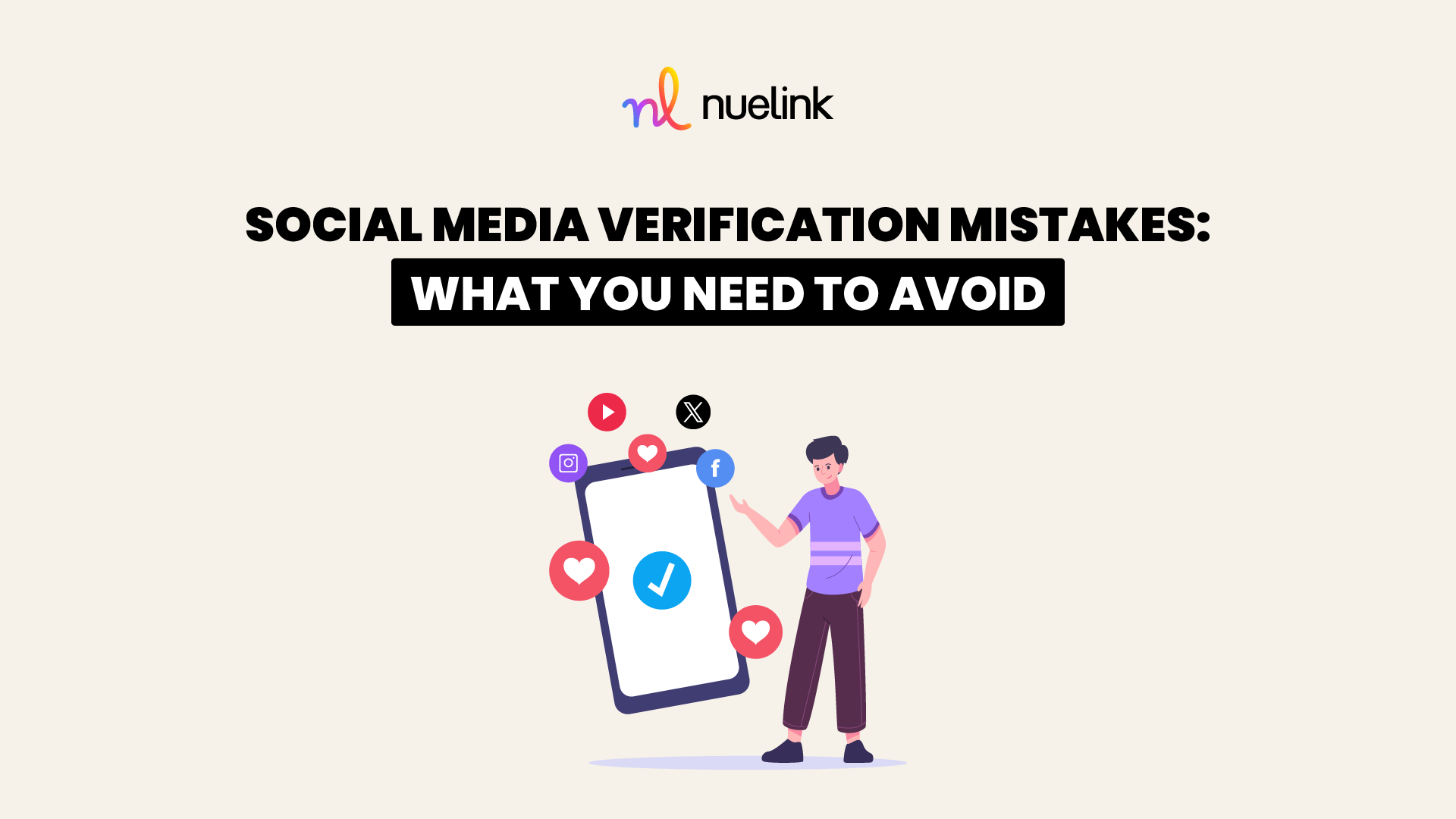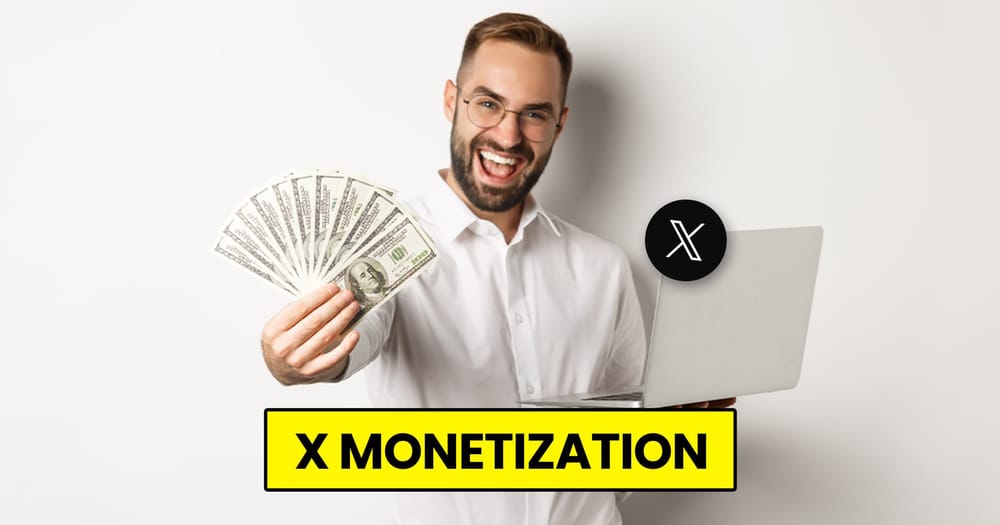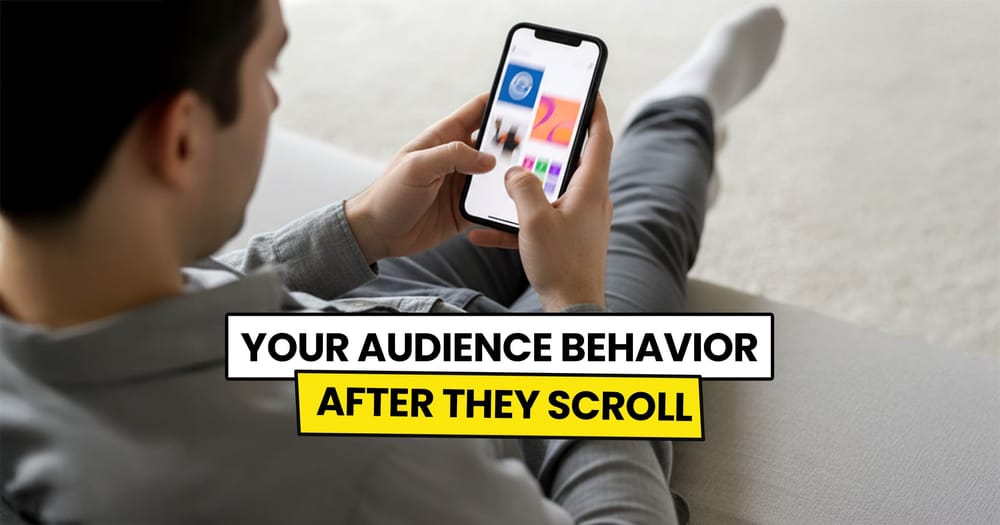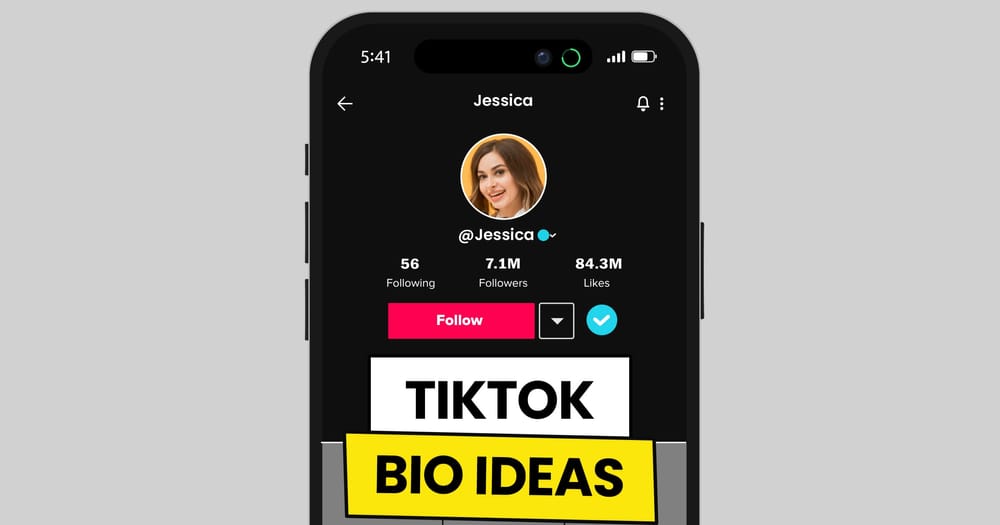Social media verification is considered a digital badge of the authenticity of your business or your personal brand.
But the process can be tricky. Many users stumble. They make avoidable errors.
These mistakes can waste your time and effort, and may even result in penalties from the social media platform or permanently losing your chance to get verified.
If you don’t want this to happen to you, stick around to learn about the most common mistakes people make when verifying their social media accounts.
Let’s dive into what not to do.
Applying Too Early
Attempting to verify your account on a social media platform right after creating it can cause the algorithm to view you with suspicion.
It’s better to start establishing your account with a respectable number of posts and build momentum. This will put you in a strong position to apply for social media verification.
Some platforms even have a rule stating that 'Your account must be at least 30 days old' to qualify for verification.
Violating Platform Guidelines
Every social media platform has its own guidelines. If you don’t meet all of them, your verification request will be denied every time.
In fact, on some platforms, you may not even be able to apply in the first place.
Once you decide to verify your account, ensure you’re fully aligned with the platform's guidelines.
Check your notifications or email for any penalties or strikes from the platform. If you find any, it's better to resolve them before considering applying for verification.
To find the guidelines of a social media platform, start by visiting the official website of the platform. Look for sections labeled "Help," "Support," "Resources," or "Guidelines," typically located in the footer of the homepage. Alternatively, you can use search engines by typing the platform's name followed by "guidelines" or "community standards" (e.g., "Instagram guidelines").
Here is an example of Instagram's Community Standards: Instagram Community Standards.
Inconsistent Information
Every social media platform requires specific documentation to verify your identity.
The information in these documents must perfectly match the details you provided when signing up for your social media account, including your name, birth date, gender, and other identifying information.
Any inconsistency between the information in your profile and your documents can not only prevent you from getting verified but may also lead the platform to take further action, such as deactivating your account. Discrepancies are considered misleading information, which social media platforms are trying to prevent.
Before attempting to verify your account, ensure that all the information in your profile matches the required documents. If there are discrepancies, begin by updating your profile information.
Insufficient Documentation
Documents are the only way for a social media platform to verify your identity. Providing them is mandatory.
Failure to do so is one of the most common reasons verification requests are denied.
For individuals, this typically includes government-issued IDs like a passport, driver’s license, or national ID. For businesses, this might involve submitting a business license.
Bonus Tip: Don't digitally modify your document photos. Most platforms don't accept modified photos to prevent fake IDs.
Submitting More Documents
Many people fall into the trap of thinking that submitting more documents than the platform requests will lead to quick and easy approval.
The truth: It doesn’t. It often results in the exact opposite.
Providing more documents than necessary can delay the review process and may even lead to your request being rejected.
Two-Factor Authentication
Two-factor authentication is a critical security measure.
Almost all social media platforms require your account to be protected by it. In most cases, any attempt to verify an account without this protection will be denied.
While there are other security measures that platforms may require, two-factor authentication is by far the most common.
For more on Two-Factor authentication, read our article on social media verification definitions.
Spammy Activities
Engaging in suspicious activities on your social media accounts that undermine the authenticity of the account owner can trigger algorithms and lead to your verification request being denied.
These activities may include:
- Buying followers
- Buying engagement
- Using AI chatbots to answer DMs
- Using AI chatbots to respond to comments
Unclear Profile Photos
Remember our discussion about inconsistencies between your profile information and documents?
The same applies to your profile photos.
Some platforms may require a selfie to compare with your profile picture and the photo on your ID or other documents.
These photos must match.
For instance, if your ID photo shows you without glasses, ensure your profile picture and selfie do too.
Another issue that could lead to rejection is a significant time gap between the image on your ID and your current appearance. If your ID is 10 years old, your selfie might not match, causing the algorithm to flag you as a different person.
In such cases, try to contact the platform’s customer support for a solution.
Unauthorized third-party services
Using unauthorized third-party services for verification is a shortcut that many social media users tried before.
These services claim a guaranteed account verification, of course for a fee.
They might promise to leverage "insider connections" or use automated systems to push through the desired social media platform verification process.
These types of services clearly violate the terms of service of most social media platforms, but they also put your account at risk.
Social media platforms have AI-powered systems that detect these spammy attempts, which can result in your account being flagged, suspended, or permanently banned.
There’s no need for these services anymore. Verification on most platforms has become easier than ever.
Conclusion
If getting the blue checkmark matters to you, make sure you get it right.
We’ve covered some common mistakes people make when verifying their social media accounts.
If you know more that is not mentioned here, we’d appreciate you sharing them with us.






